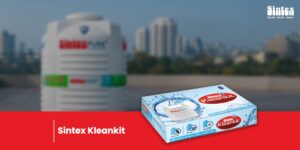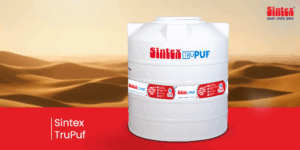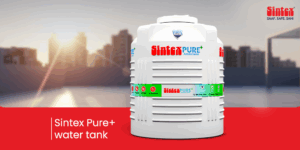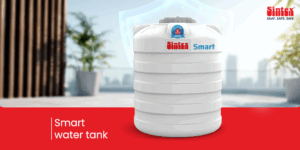Why is Water Tank Hygiene Important for Health?
Share
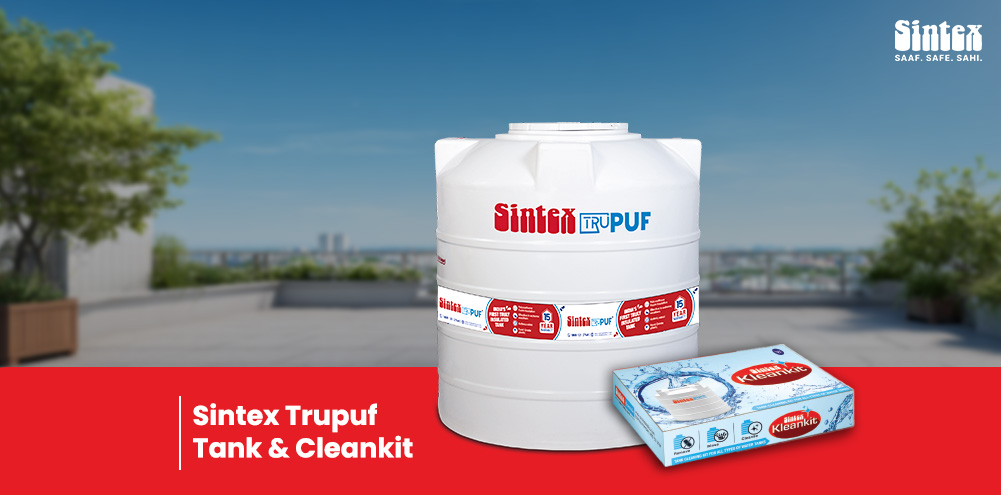
Table of Contents
When was the last time you thought about the inside of your water tank? For many, it’s not something that comes to mind often, but it should. But the thing is, your water tank may be silently harbouring harmful bacteria, algae, or even viruses that can harm your family’s health.
When drinking, cooking, or even bathing, the water you use daily is directly supplied by those water storage tanks. And when your tanks are not clean, you risk your health.
In countries like India, where it is very hot and dusty, underground water tanks and overhead tanks are particularly susceptible. Therefore, septic system cleaning and regular tank maintenance are good and necessary habits. This makes septic system cleaning and proper tank hygiene a good and essential habit.
The Hidden Dangers of Dirty Tanks
Even if your water appears clear, it may contain harmful pathogens if the underground storage tank hasn’t been properly maintained. Let’s break down the health risks:
- Stagnant, dirty water could generate bacteria such as E. coli, Salmonella, and Vibrio, which can cause typhoid, diarrhea, and cholera.
- Algae and fungi may grow as slimy layers in light-exposed or improperly closed tanks. The result is that this biofilm acts as food for microbes.
- Dust and sediments often settle on the bottom, further contaminating the environment. Mineral deposits are another concern, especially in areas where hard water is commonly used.
- In the worst cases, septic tank cleaning becomes urgent if backflow or seepage affects drinking water sources.
And it’s not just about health. Unclean tanks may shorten the life of your plumbing, rust connections, and cause bad smells and blockages. This is why it’s important to select the right water storage tanks and maintain them properly.
What Makes Sintex Tanks a Smarter, Safer Choice?
Now, here’s where Sintex steps in with intelligent solutions. They have designed tanks that don’t just store water but actively protect it. Let’s look at two of their standout products.
1) Sintex Trupuf Water Tank
This tank is engineered to handle extreme weather and safeguard water from contaminants. Unlike traditional steel tanks, Trupuf comes with
- Active Silver Technology that provides 4P protection—anti-virus, anti-bacteria, anti-fungus, and anti-algae.
- A smart lid design with Hexa bolts and UV protection, ensuring airtight sealing to prevent biofilm formation.
- 100% food-grade virgin plastic and PUF insulation that maintains internal water temperature and prevents microbial growth.
2) Sintex Underground Water Tank Sump
Ideal for basements or industrial setups, this Sintex underground water tank is a beast when it comes to durability and hygiene. It’s designed with:
- A one-piece moulded structure that has no joints or seams where bacteria can hide.
- An SMC lid that seals tightly and blocks any external contaminants.
- Good resistance to root penetration, soil pressure, and moisture.
- It is made of food-grade plastic and ensures the stored water is clean and safe.
These tanks are a durable and prudent investment in community and individual health.
Signs You Need a Water Tank Clean-Up
Now that you’ve chosen the right Sintex tank, it’s time for a clean-up. So, how do you know it’s time to consider septic tank cleaning or your regular underground water tanks’ maintenance? Watch out for these signs:
- Water has a foul smell or an unusual taste
- Sediment is visible at the bottom of storage containers
- Algae formation near tank openings or walls
- A slimy film on the inner surface of the tank
- Unexplained illness or recurring stomach issues in your household
If you notice any of these, it’s time to act—either clean your tank using a trusted water tank cleaning kit or call a professional.
How to Maintain Your Tank (Checklist Inside)
Here’s a quick reference guide for keeping your underground water storage tanks healthy:
| Maintenance Step | Frequency | What to Do |
| Inspect for algae or biofilm | Monthly | Open the lid and check the inside walls |
| Use a water tank cleaning kit | Every 3–6 months | Scrub and flush with safe cleaning solutions |
| Check the lid and ventilation | Bi-monthly | Make sure it seals properly and no insects or dust are getting inside |
| Professional tank cleaning | Once a year | Especially for septic system cleaning and underground storage tanks |
| Use clean piping and fittings | During plumbing changes | Always match with hygienic, food-grade pipe materials |
Final Thoughts
Your water tank not only serves as a storage solution, but it is also part of your health infrastructure. Disregarding it means inviting diseases, plumbing nightmares, and expensive repair jobs. The solution? Select tanks manufactured with your hygiene in mind, such as the Sintex underground water tank or the Trupuf range.
Their tanks are designed with health and hygiene in mind, featuring anti-microbial protection, secure sealing, and food-grade materials. This ensures cleaner water storage and added safety for your family.
And if it’s been a while since you cleaned your underground water tanks, consider this your reminder. And if you’re looking for an upgrade, choose tanks that are as serious about hygiene as you are.
Also, read our blog on: Keeping water tanks clean & safe, the Sintex way ensuring peace of mind
FAQ’s
Yes, unclean tanks can harbour bacteria, algae, and harmful contaminants that cause waterborne diseases.
Ideally, every 6 months, or sooner if the tank is exposed to external elements.
They use food-grade plastic, anti-microbial layers, and airtight lids to block contamination.


